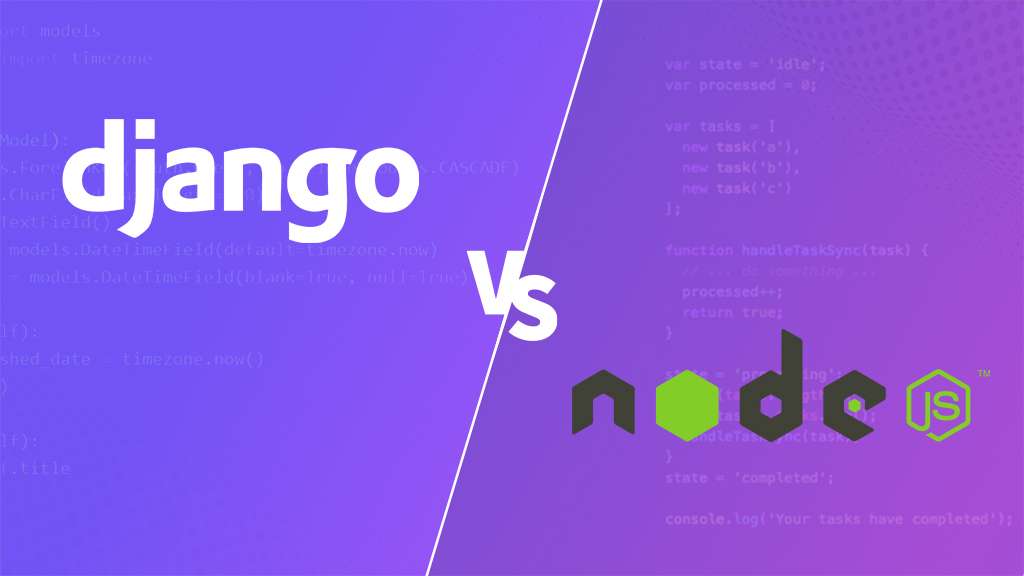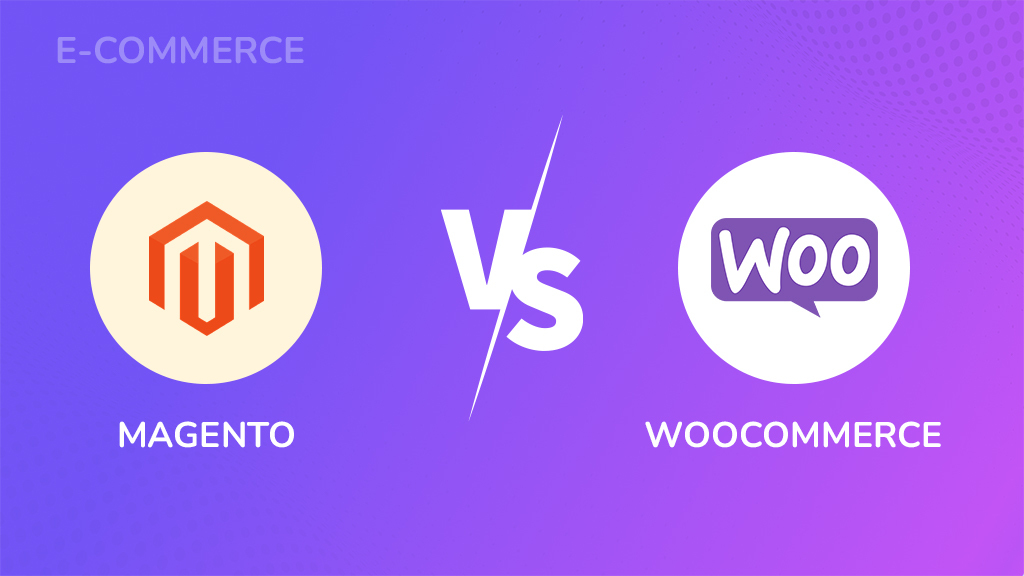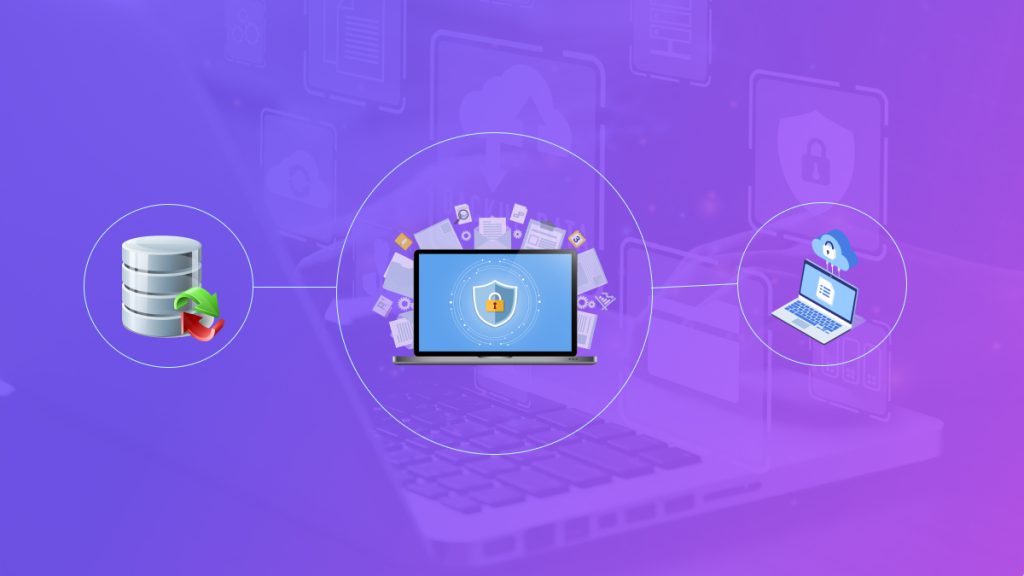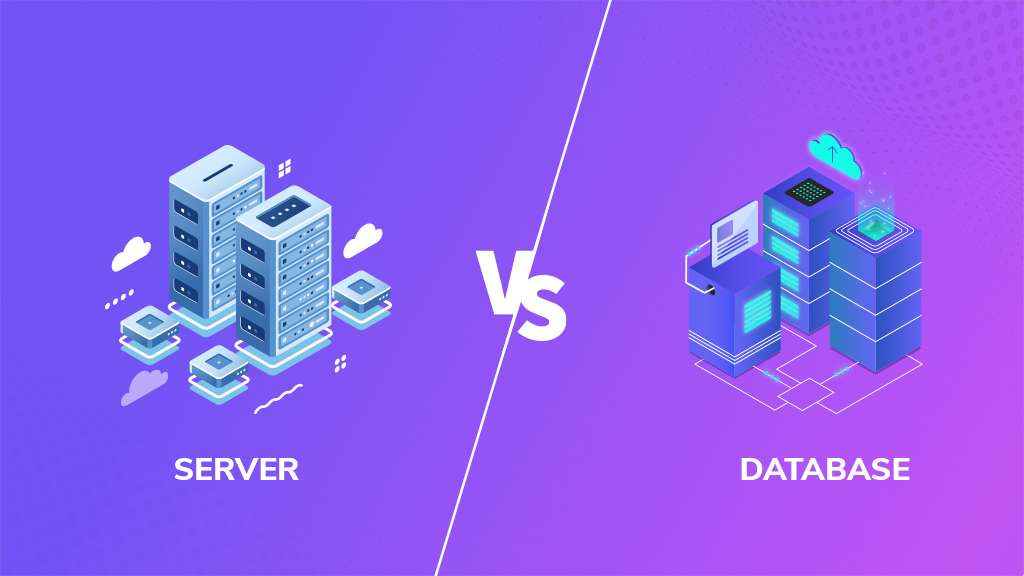
The web development landscape is constantly evolving, with new frameworks and technologies emerging at an ever-increasing pace. Choosing the right framework for your project is crucial for success, impacting development speed, maintainability, and overall performance. In this Django vs. Node.js blog, we’ll delve into the world of two popular backend frameworks. We’ll explore their core differences, strengths, and ideal use cases to help you make an informed decision for your next web development project.
The Framework Face-off: Django vs. Node.js
Both Django and Node.js are powerful backend frameworks that have gained significant traction in recent years. However, they take different approaches to building web applications. Let’s break down their key differences:
A. Core Differences
i. Programming Language
Django is built on Python, a high-level, general-purpose language known for its readability and beginner-friendliness. Node.js, on the other hand, utilizes JavaScript, the ubiquitous language of web development. The choice between these languages can influence development speed and learning curve. Programmers familiar with Python might find Django easier to pick up, while those comfortable with JavaScript will have an advantage with Node.js.
ii. Architecture
Django adheres to the Model-View-Template (MVT) architectural pattern. This separates an application’s logic (models), user interface (views), and presentation layer (templates) into distinct components, promoting code organization and maintainability. Node.js, in contrast, embraces an event-driven, non-blocking architecture. This allows it to handle multiple requests concurrently, making it ideal for real-time applications and situations with high I/O (Input/Output) operations.
B. Strengths of Django
i. Rapid Development
Django boasts a robust ecosystem of libraries and tools, including a built-in admin panel for managing data and an Object-Relational Mapper (ORM) that simplifies database interactions. These features streamline development processes, allowing developers to focus on core functionalities rather than reinventing the wheel.
ii. Security
Security is paramount in web development. Django takes security seriously, offering built-in features like user authentication, authorization, and protection against common web vulnerabilities. This out-of-the-box security focus saves developers time and resources while ensuring a robust foundation for their applications.
iii. Scalability
Django is built to handle large user bases and complex applications. Its architecture allows for horizontal scaling by adding more web servers to distribute the workload, ensuring smooth performance even with high traffic.
iv. Large Community & Resources
Django boasts a vast and established community of developers. This translates to an abundance of resources, tutorials, and readily available libraries for various functionalities. This extensive support system is invaluable for developers seeking assistance or inspiration.
C. Strengths of Node.js
i. Real-time Applications
Node.js excels at building real-time features like chat applications, collaboration tools, and multiplayer games. Its event-driven, non-blocking architecture allows for efficient handling of multiple connections and real-time data updates, making it ideal for applications that require constant interaction.
ii. Microservices Architecture
Microservices architecture is a popular approach to building large applications by breaking them down into smaller, independent services. Node.js, with its modular nature and lightweight nature, shines in this context. Developers can create and deploy microservices quickly, enabling a more flexible and scalable development process.
iii. Single-Threaded Performance
While Node.js is single-threaded, it doesn’t necessarily hinder performance. Its event loop architecture excels at handling I/O bound tasks (tasks that involve retrieving data from external sources) efficiently. This can be advantageous in specific scenarios where data fetching dominates application logic.
iv. Growing Popularity & Large Community
Node.js has experienced a significant rise in popularity in recent years. The community surrounding Node.js is rapidly growing, providing a wealth of resources, libraries, and support for developers.
Choosing the Right Framework for Your Project
When selecting a framework, the specific needs of your project should be the guiding principle. Here’s a breakdown of scenarios where each framework might be a better fit:
A) Ideal Use Cases for Django
i. Content-heavy websites
Django excels at handling websites with large amounts of content and complex data models. Its built-in admin panel and ORM streamline content management, making it a great choice for news websites, blogs, and e-commerce platforms.
ii. Data-Driven Applications
Django’s strong database interaction capabilities and security features make it ideal for data-driven applications requiring robust data handling and user management.
iii. Rapid Prototyping
The comprehensive functionalities and rapid development features of Django enable developers to create prototypes quickly and efficiently, allowing for faster iteration and validation of ideas.
B) Ideal Use Cases for Node.js
i. Real-time Applications
Node.js is the champion for building real-time features. Its event-driven architecture allows for efficient handling of concurrent connections and real-time data updates, making it the preferred choice for applications like chat, collaboration tools, and multiplayer games.
ii. Microservices Architecture
Node.js’s lightweight and modular nature makes it well-suited for building microservices architectures. Developers can create and deploy independent services quickly, promoting modularity, scalability, and independent development cycles.
iii. API-driven Applications
Node.js excels at building RESTful APIs (Application Programming Interfaces) that power mobile applications and single-page applications (SPAs). Its non-blocking nature allows for efficient handling of multiple API requests, ensuring smooth performance.
iv. Data Streaming Applications
Node.js shines in applications that involve continuous data streams, such as real-time analytics platforms or social media feeds. Its event loop efficiently handles data flow and updates, making it ideal for such scenarios.
C) Beyond the Framework: Finding the Perfect Fit
While Django and Node.js have distinct strengths, the “better” framework ultimately depends on your project’s specific requirements. Here are some additional factors to consider when making your decision:
i. Project Complexity
For simpler web applications with a focus on content management, Django’s ease of use and rapid development features might be more advantageous. However, for highly complex applications requiring real-time features and microservices, Node.js might offer more flexibility.
ii. Development Team Skillset
Consider the programming languages your development team is most comfortable with. If your team has Python expertise, Django might be a natural choice. Conversely, a team proficient in JavaScript will find Node.js development more efficient.
iii. Project Timeline
Django’s rapid development tools can be beneficial if you have a tight deadline. However, for complex projects with a longer development cycle, the flexibility and scalability of Node.js might be more suitable.
D) Choosing a Framework: How Easy is it to Learn?
Picking a framework depends on how comfortable you are as a developer. Here’s a breakdown of how easy it is to learn Django and Node.js:
i. Django
Imagine Django as a well-organized toolbox with everything you need to get started. Here’s why it’s a good choice for beginners:
- Easy to Use
Django has a clear structure and great documentation, making it easier to learn the ropes.
- All-in-One Package
You don’t need to search for extra tools thanks to Django’s “batteries-included” approach. Most tools are already there for you to use.
- Supportive Community
There are lots of helpful people online who use Django. You can find tutorials, forums, and third-party packages to help you along the way.
- Learning Resources Galore
From online courses to community tutorials and official documentation, there are plenty of resources to learn Django.
Who should use Django?
Beginners or developers who want a structured and ready-to-use framework.
ii. Node.js
Node.js is like a different kind of toolbox, but it uses JavaScript, a language you might already know. Here’s what to consider:
- JavaScript Knowledge Needed
If you’re already comfortable with JavaScript, Node.js is a great next step. You can use the same language for both the front-end (what users see) and back-end (what makes the website work).
- Asynchronous Programming
This can be tricky for beginners. It’s a different way of handling tasks compared to traditional programming. However, it offers benefits like better performance.
- Lots of Packages
Just like Django, Node.js has a massive library of tools (called packages) that can help you build almost anything.
- Active Community
Similar to Django, Node.js has a large and helpful online community with forums, tutorials, and documentation.
Who should use Node.js?
Developers comfortable with JavaScript and asynchronous programming, especially those building data-intensive real-time applications (like chat apps or stock tickers).
Real-World Examples of Using Django
i. Instagram
Instagram, social media giant, boasting over a billion users, leverages Django’s scalability and security to handle massive user bases and manage image and video uploads efficiently. Django’s ORM simplifies complex database interactions for user profiles, content management, and social media features.
ii. Spotify
The world’s leading music streaming service relies on Django for its backend infrastructure. Django’s ability to handle large datasets and user traffic allows Spotify to deliver a seamless music streaming experience. Additionally, Django’s security features are crucial for protecting user data and sensitive information.
iii. The Washington Post
This renowned newspaper utilizes Django’s content management capabilities for its website. Django’s built-in admin panel streamlines content creation and management for journalists and editors, making it easy to publish articles and update content efficiently.
iv. Disqus
This popular commenting platform uses Django to power its comment sections on countless websites. Django’s ability to handle high traffic and complex data models ensures smooth operation for user registration, comment moderation, and integration with various websites.
v. Dropbox
While Dropbox primarily uses other technologies for its core file storage functionality, it leverages Django for specific functionalities within its web application. Django’s ability to build secure and scalable web applications plays a role in user authentication, authorization, and account management aspects of the Dropbox experience.

Real-World Examples of Using Node.js
i. Netflix
The king of streaming video, Netflix, utilizes Node.js for various aspects of its platform. Node.js’s non-blocking architecture allows for efficient content delivery, real-time recommendations, and personalized user experiences. Additionally, Node.js excels at handling high traffic and concurrent user requests, ensuring a smooth streaming experience for millions of viewers.
ii. PayPal
This online payment giant uses Node.js for several key functionalities. Node.js’s real-time processing capabilities enable features like instant money transfers and real-time fraud detection. Additionally, Node.js excels at handling API requests, which are crucial for PayPal’s integration with various online merchants.
iii. LinkedIn
LinkedIn is world’s largest professional networking platform and utilizes Node.js for its dynamic features. Node.js’s ability to handle real-time updates and notifications is essential for features like connection requests, profile updates, and feed updates in real-time.
iv. Uber
This ride-hailing giant uses Node.js for various functionalities within its mobile app and web platform. Node.js is well-suited for managing real-time location tracking, driver-rider communication, and dynamic pricing calculations, all crucial aspects of the Uber experience.
v. Medium
This popular online publishing platform leverages Node.js for its content management system (CMS). Node.js’s scalability allows Medium to handle massive amounts of user-generated content efficiently. Additionally, Node.js’s real-time features enable smooth editing collaboration and content updates.
Conclusion
Both Django and Node.js are powerful tools in the web developer’s arsenal. Understanding their strengths and weaknesses allows you to make informed decisions that align with your project’s specific needs. Ultimately, the best framework is the one that empowers you to build the web application you envision, efficiently and effectively.






